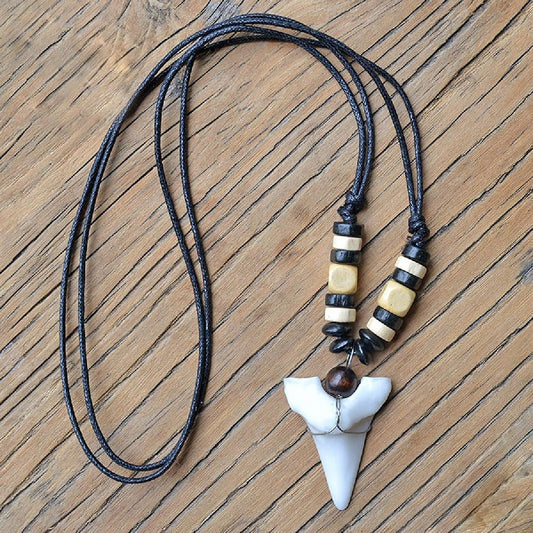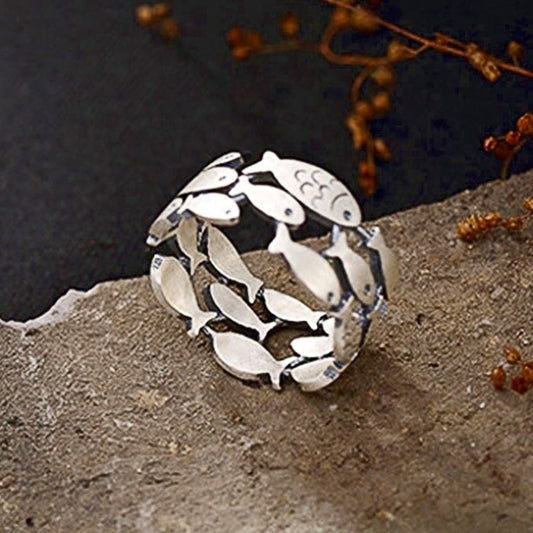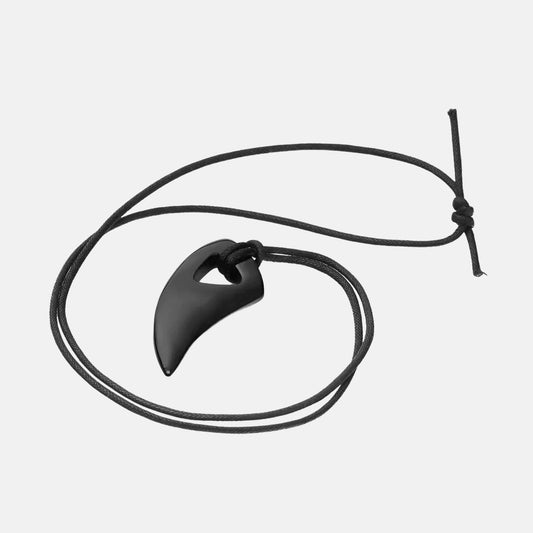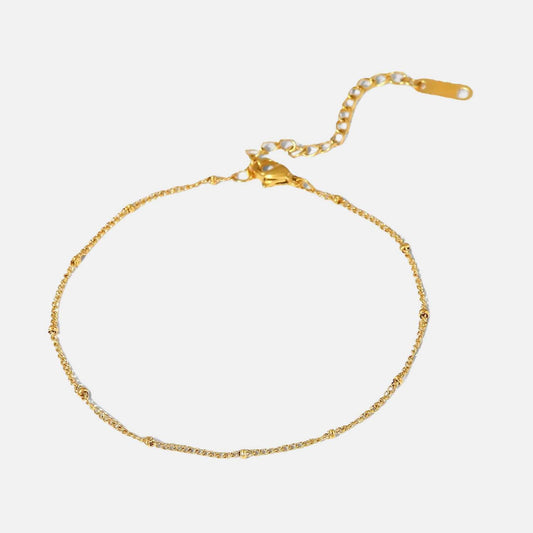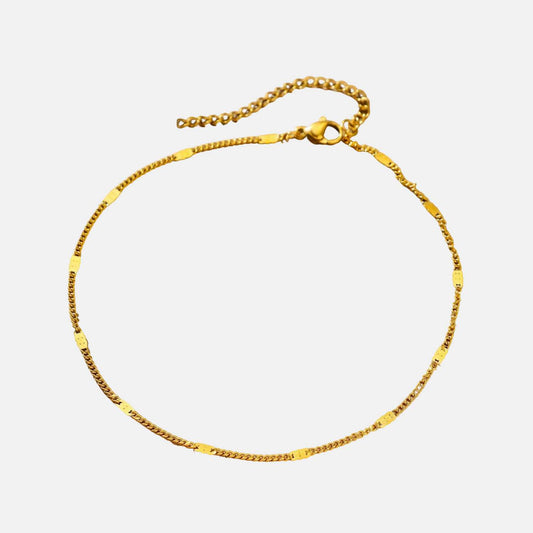
What is a blobfish?
Welcome, dear friends of the oceans ! Today, we are going to dive into the fascinating world of marine animals and explore one of the most intriguing and mysterious creatures of our seabed: the blobfish !
Now I know what you're thinking: "A blobfish? What's that? An alien? A sea monster?" Well, relax, because I'm going to explain everything to you. The blobfish is a fish , yes, you heard correctly, a fish! But not just any fish. Imagine a fish that was crushed by a steamroller, left adrift on the ocean floor for centuries, and finally decided to take on the appearance of jelly to deceive its enemies. This is what the blobfish looks like.
Dive into our Shark collection, where the teeth are sharp and the prices are biting! 🦈
But don't be fooled by its unflattering appearance, because the blobfish is a true champion of survival ! It lives in the deep, cold waters of the ocean, where the pressure is several times higher than at the surface. To withstand these extreme conditions, the blobfish has evolved gelatinous flesh that allows it to float above the seafloor without expending unnecessary energy .
In short, the blobfish is a fish as fascinating as it is ugly, as strange as it is captivating , and which will not fail to surprise you with its incredible adaptation skills. So, are you ready to dive into the abyssal depths to discover this funny fish? Let's go!
The ugliest animal in the world
This animal has already been voted and named the ugliest animal in the world as part of a campaign to raise awareness of endangered and aesthetically questionable sea creatures.
This strange, yet intriguing animal is scientifically known as Psychrolutes marcidus.
The discovery of the Blobfish
The blobfish was discovered in 2003 by marine ecologist Kerryn Parkinson during an expedition off the coast of New Zealand.
This particular species, also known as the smoothhead blobfish, is a deep- sea sea creature that lives off the southeast coast of mainland Australia and in the waters of Tasmania and New Zealand .
This strange-looking gelatinous fish swims in underwater regions where the pressure is 60 to 120 times that of sea level, that is, at depths ranging from 600 to 1,200 meters.
Blobfish Anatomy
These animals have an anatomy different from other fish. For example, they do not have a swim bladder, which allows them to control their buoyancy . If the blobs had these gas-filled bags, they would implode.
These marine animals do not have a complete skeleton or muscles , and their stomachs are located inside their bodies. Their bodies are made of a blobby-like substance whose density is slightly lower than water, allowing them to float above the seafloor.
Unlike many other fish species, the blobfish does not have scales , but loose, flabby skin. With its large black eyes, large mouth and bulbous nose, the blobfish has a globular head that represents 40% of its body mass.
These deep-sea swimming fish have a single closed circulatory system. They can grow to be over two feet long, but they are usually a foot long on average.
Feeding and reproduction
An interesting fact about the blobfish is that it has a unique feeding pattern. Since they live in cold, deep waters, they don't have much food available to them. Therefore, the blobfish must be able to survive on a very restricted diet.
Our marine animal blog is so captivating that even goldfish take a look! 🐟
They achieve this through a process called "ram feeding," which involves sucking up small crustaceans, including crabs and lobsters, sea urchins and molluscs , and other small sea creatures that drift by.
The blobfish sits on the ocean floor and waits for its prey to come into its mouth. This allows the blobfish to obtain enough energy to survive without spending too much energy searching for food.
Another interesting fact about the blobfish is that it has a unique mode of reproduction . Females lay up to 100,000 eggs in a single nest in rocky areas, atop deep ocean shelves where water temperatures are higher.
They then patrol the waters until they are ready to hatch and give birth to fully formed baby blobfish. Their reproduction rate is slow , as is their growth and aging. In fact, they can live up to 130 years.
The Blobfish and the Man
The blobfish is an endangered species . According to marine researchers , there are only 420 individuals left in the world's oceans. With its extremely acidic flesh and gelatinous body, the blobfish is inedible. Paradoxically, fishermen are the blobfish's main predators.
The species is on the verge of extinction due to overfishing.
They are often accidentally caught in trawl nets and die as soon as they are exposed to the air. Although rarely seen, a Japanese public aquarium has a blobfish on display.
This bizarre-looking pink creature does not bite, as it has no teeth , and therefore does not pose a threat to humans. The blobfish is the official mascot of the Ugly Animal Preservation Society, an informal association of comedians that aims to protect some of nature's most aesthetically problematic species.
Strange appearance and evolution of the species
Although they look gelatinous and bulbous, blobfish look like normal fish in their natural environment and habitat , that is, at great depths.
A pearl necklace ? No thanks, we prefer sea collars ! Discover our collection! 🌊
Only when they are brought to the surface, suffer decompression damage, and their bodies collapse do they resemble an obese man or a slimy blob.
Marine biologists believe this jelly-like deep-sea animal evolved from fish that had air sacs but had to compete with others for food.
Lacking these air sacs and endowed with a mass of gelatin, the specimen can find nutrients at great depths, where competition is less.
Blobfish Frequently Asked Questions
What is a blobfish and what are its distinctive physical characteristics?
The blobfish, also known as Psychrolutes microporos, is a fish in the family Psychrolutidae, found in the depths of the Pacific Ocean and the Southern Ocean. It is known for its strange and unattractive appearance, with a soft, flabby body, a large head, and smooth, slimy skin. Blobfish have no real skeleton and their bodies are mostly made of jelly, making them very fragile.
Where is the natural habitat of the blobfish and how is it adapted to this environment?
The blobfish lives in very deep waters, between 600 and 1,200 meters deep, where water pressure is extremely high. Its body is adapted to this environment, because it can withstand this pressure thanks to its low density, and its flabby body allows it to move easily in deep water.
How do blobfish hunt and feed?
The blobfish is an opportunistic predator, meaning it feeds on anything that comes within range of its tentacles. It feeds primarily on crustaceans and fish, but it can also eat invertebrates like sea sponges. The blobfish does not have teeth, but it does have tentacles that are used to catch its food.
What is the life cycle of the blobfish, from birth to death, and how long do they live on average?
Little is known about the life cycle of the blobfish because it lives in the depths of the ocean and is rarely seen by humans. It is believed to have a relatively short lifespan, around 10 years.
How do scientists study blobfish in the wild and in captivity?
Since the blobfish lives in the depths of the ocean, it is difficult to study it directly. Scientists typically study skin, blood and tissue samples taken from blobfish caught in fishing nets. In captivity, blobfish are studied in aquariums specially designed to mimic their natural environment.
What is the role of the blobfish in the marine ecosystem and how is its population affected by human activities?
The role of the blobfish in the marine ecosystem is not very clear, as little is known about its feeding habits and behavior. However, as with many marine animals, the blobfish population is threatened by overfishing and ocean pollution.
What are the threats to the survival of the blobfish and what is being done to protect them?
The blobfish is threatened by overfishing, as it is often caught alongside other commercial species, and by ocean pollution, which can damage its habitat. Conservation efforts to protect the blobfish include fishing regulation measures and the creation of protected areas to preserve its habitat.
The waves sing their poem on the sea, and we have collected the most beautiful verses in our poetic blog ! 🪶
Are there any species of fish that look like the blobfish and how can you tell them apart?
There are several species of fish that resemble the blobfish, including the pufferfish, beefish, and caterpillarfish. These fish also have soft, flabby bodies, but they have distinct characteristics that help differentiate them. For example, the puffer fish has spines on its body and the bee fish has yellow and black bands on its body.
Are blobfish edible and are they caught for human consumption?
The blobfish is edible, but is rarely eaten because it lives in the depths of the ocean and is difficult to fish. However, some more common fish species, such as catfish, are sometimes sold as blobfish in markets.
What are the recent advances in blobfish research and what can they tell us about this fascinating animal?
Recent research on the blobfish has mainly focused on its adaptation to life at depth and its role in the marine ecosystem. Scientists have discovered that the blobfish has very poor vision and its eyes are adapted to the low light of deep water. Studies have also shown that the blobfish plays an important role in the ecosystem as a predator and that it is important to preserve its population to maintain the ecological balance of the oceans.





